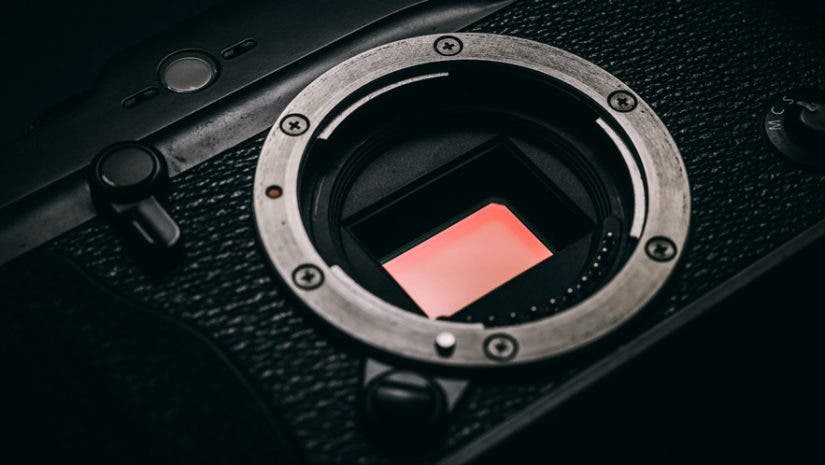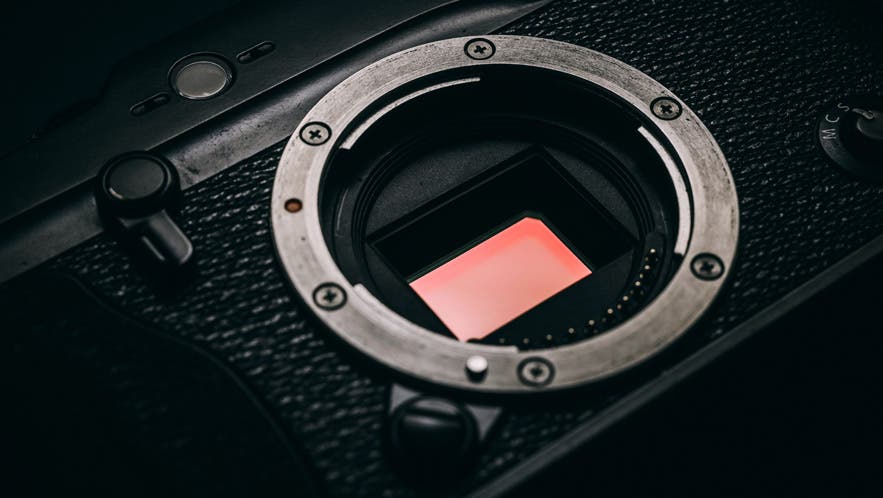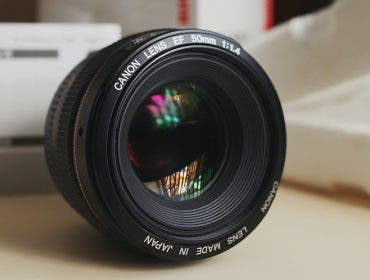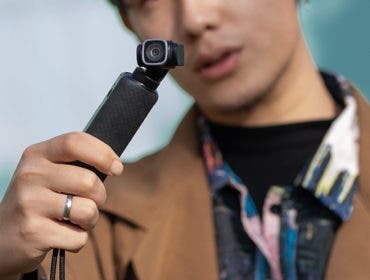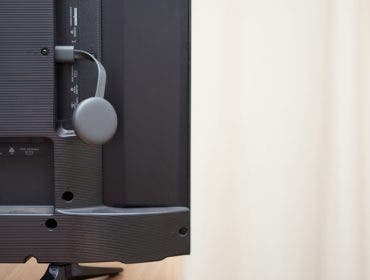In the photography world, lots of people are talking about camera sensor size and the resulting crop factor. You’ll often hear terms like “full frame,” “crop-sensor,” and “micro four thirds,” but what do they have to do with crop factor and how will they affect your images?
In this article, we’ll break down the basics of crop factor, why it’s important, and how you can get more comfortable with this crucial photography term.
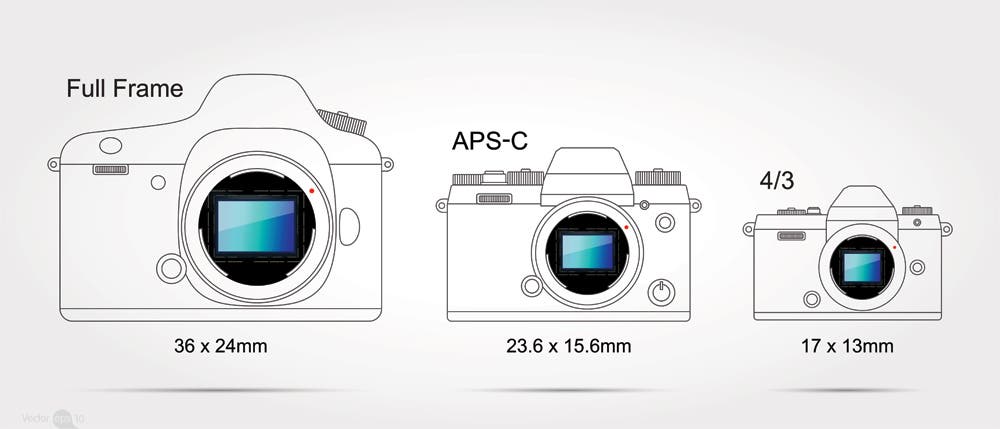
Crop Factor Started with 35mm
While film cameras were available in a variety of film sizes and formats (like 4×5 or 8×10), the masses most commonly gravitated toward using 35mm. So when the first digital SLRs were designed, their sensors were modeled after 35mm film cameras. Each digital camera has a crop-factor, meaning the size difference of the sensor in relation to a 35mm film frame.
Full-frame cameras have a crop factor of 1x, so their sensors are the same size as 35mm film. Crop-sensor cameras (like most hobbyist models on the market) have a 1.6x or 1.5x onen, so the sensor is 1.6 or 1.5 times smaller than a 35mm film frame. Micro four thirds cameras have it 2x so their sensors are 2 times smaller than a 35mm frame.
What is Crop Factor?
Crop factor or magnification factor refers to the diagonal measurement of a camera’s sensor size when compared to the diagonal measurement of a traditional 35mm frame of film. The effects of crop factor are most noticeable when looking at a lens’ equivalent focal length.
When you use the same lens with both a full-frame camera and a camera with a smaller, cropped sensor, your images taken with the smaller-sensor camera result in a cropped field of view.
The smaller the camera’s sensor, the greater the magnification factor. As a result, while a full-frame camera has a 1x crop factor and most APS-C cameras have a 1.5x or 1.6x crop factor, some compact cameras can have up to a 2.7x crop factor.
Your camera’s crop factor can also influence the depth of field and how sharp the focus is in your photographs.
Why Is Crop Factor Important?
Crop factor is important because it indicates how much of your image will be cropped when taking the photo. For instance, if you photograph the same exact scene with the same lens on a full-frame sensor camera, a crop sensor camera, and a micro four thirds camera, you’ll lose more of the scene as you shift from a larger sensor to a smaller one. The reason for this is that you’re literally cropping out a portion of the scene and only keeping the very center of the composition.
Equivalent Focal Length
The term equivalent focal length refers to how much the crop factor affects your lens’ practical focal length. Photographers only need to consider equivalent focal length if they use a camera with a cropped digital sensor, because full-frame cameras always provide the exact focal length listed on the lens.
All lenses are manufactured and labeled in terms of their focal length on a 35mm equivalent sensor. This means that even if you buy a 50mm lens that was manufactured specifically for use on a crop sensor camera, you’ll need to consider a magnification factor.
If you typically use a camera with a specific crop factor, you’ll get comfortable with the way your lenses perform with it. The more you shoot with your lenses and camera, the less you’ll need to think about equivalent focal length.
If you regularly shoot with two cameras — one with a full-frame sensor and the other with a cropped APS-C sensor — you’ll definitely notice differences in how your lenses perform on each camera body.
How Does Sensor Size Affect Focal Length?
In the example above, it may seem like you’re zooming in further as you move from a larger sensor to a smaller one. In fact it’s a common misconception that a it increases your focal length by 1.6x, and a micro four thirds sensor increases your focal length by 2x. It’s important to understand that a 300mm lens is always a 300mm lens regardless of which camera you use.
There is the illusion of zooming with a 300mm lens on a smaller sensor, but we call that “Equivalent Focal Length.” The equivalent focal length of a 300mm lens on a crop sensor camera is 300×1.6, or 480mm. The equivalent focal length of that same 300mm lens on a micro four thirds camera is 300×2, or 600mm.
In this case, the lens itself hasn’t changed, nor has the focal length. You’re just cropping in on the center portion on the same image based on sensor size, which in turn gives the illusion of zooming.
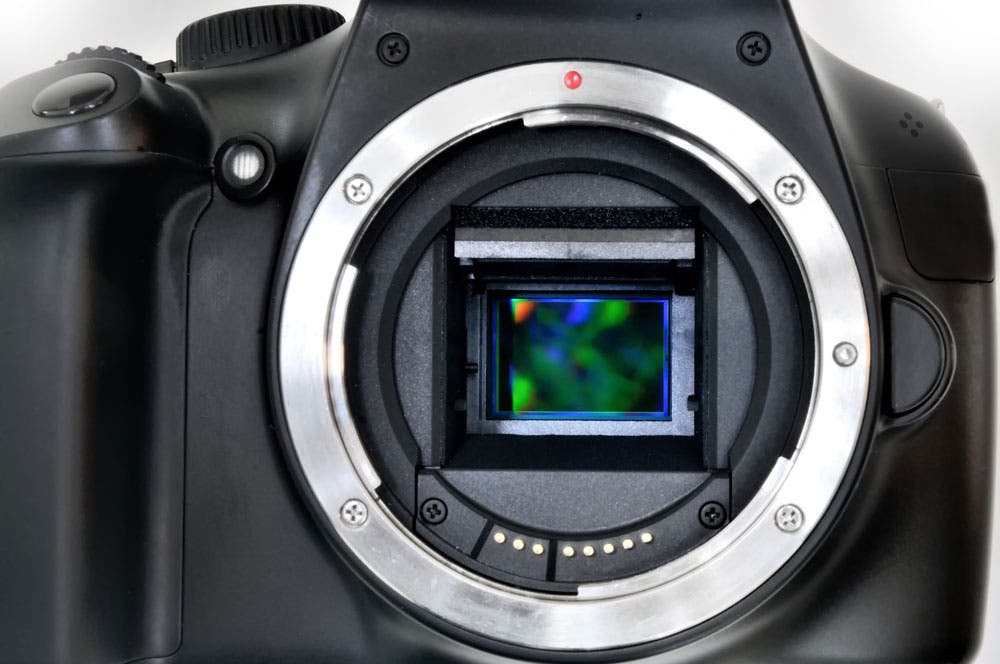
What is the Difference Between Crop Factor and Focal Length?
Crop factor and focal length are interrelated, but they have different meanings and implications. In fact, crop factor refers specifically to the differences in size between image sensors, and focal length refers to the angle of view and magnification of your subject matter.
Crop factor changes the effective focal length of a lens by cropping in on the center of an image. For example, when shooting with a 20mm wide-angle lens and a camera with a 2x crop factor, your equivalent focal length becomes 40mm. The images you take with that lens-and-camera combination can’t be considered wide angle because the crop factor is zooming in on the center of the frame, thus changing the perceived focal length of the lens.
You need to consider crop factor when selecting lenses, because different lenses will perform differently depending on your sensor size. If you need a true wide-angle lens but have a significant crop factor, you’ll need to buy an ultra-wide lens.
How Many Different Crop Factors Are Available?
There are many different crop factors. Full-frame cameras have a universal one of 1x because their sensors are 35mm in size, but crop sensors vary based on the manufacturer.
For instance, Canon‘s crop sensors have a crop factor of 1.6x, while Nikon and other manufacturers have a crop sensor with crop factors of 1.5x. Note: you may also see the term “APS-C” used when describing lenses, and it’s interchangeable with “crop sensor” when discussing DSLR cameras.
Some cameras have a crop factor of 2x or 2.7x. Other cameras have a medium format sensor, which is larger than 35mm and delivers a factor of less than 1x.
Why Do I Need To Know Crop Factor?
If you only ever plan to use one type of camera—be it full-frame, crop sensor, or another—then you’ll adjust to what a certain focal length looks like on your camera. If you decide to use two different cameras with the same lenses, you’ll find that your images give a different illusion of focal length from one camera body to another.
When investing in gear, it’s important to know that the lenses designed for a crop sensor camera body are typically less expensive than those for full-frame camera bodies. Also keep in mind that while full-frame lenses can generally be used on crop sensor bodies, you can’t use crop sensor lenses on full-frame bodies. So, if you intend to invest in many crop sensor lenses, be sure you don’t plan to upgrade to a full-frame body anytime soon.
Crop Factor Calculation
When you check a cropped sensor camera’s specifications, the manufacturer will usually list the crop factor for reference. That said, listed crop factors are generally rounded and therefore imprecise.
If you’re a stickler for the details, you may want to know your camera’s exact crop factor for calculating exact equivalent focal length. In that case, you just need to perform a simple math formula.
Calculating a Sensor’s Hypotenuse
If you know the sensor’s dimensions but you don’t know the diagonal measurement, you’ll use the Pythagorean Theorem, or a2 + b2 = c2.
For a 35mm camera, the dimensions are 36mm by 24mm, so your calculation would be:
- 362 + 242 = √1,872. The diagonal dimension for a 35mm sensor is 43.27mm.
For a Nikon APS-C camera, the sensor dimensions are 23.6mm by 15.6mm, so your calculation would be:
- 23.62 + 15.62 = √800.32. The diagonal dimension for the Nikon APS-C is 28.29mm.
You can repeat this calculation using any sensor measurements to find the diagonal length of your camera’s sensor.
Calculating Crop Factor
Now that you know the diagonal measurement of a 35mm sensor and your camera’s sensor, you can divide the 35mm diagonal length by the diagonal length of your sensor.
Here’s the formula: 35mm diagonal ÷ your sensor’s diagonal = crop factor.
In the Nikon APS-C example, your calculation would be:
- 43.27mm ÷ 28.29mm = 1.53
So for the Nikon APS-C, the crop factor is 1.53, which Nikon typically rounds to 1.5.
Conclusion
While it’s important for photography beginners to understand crop factor and how to calculate it, every major manufacturer from Canon to Olympus readily provides crop factor information with their camera body specifications. The key thing to remember here is crop factor’s impact on each of your different lenses, from wide angle to telephoto, and their equivalent focal lengths.
